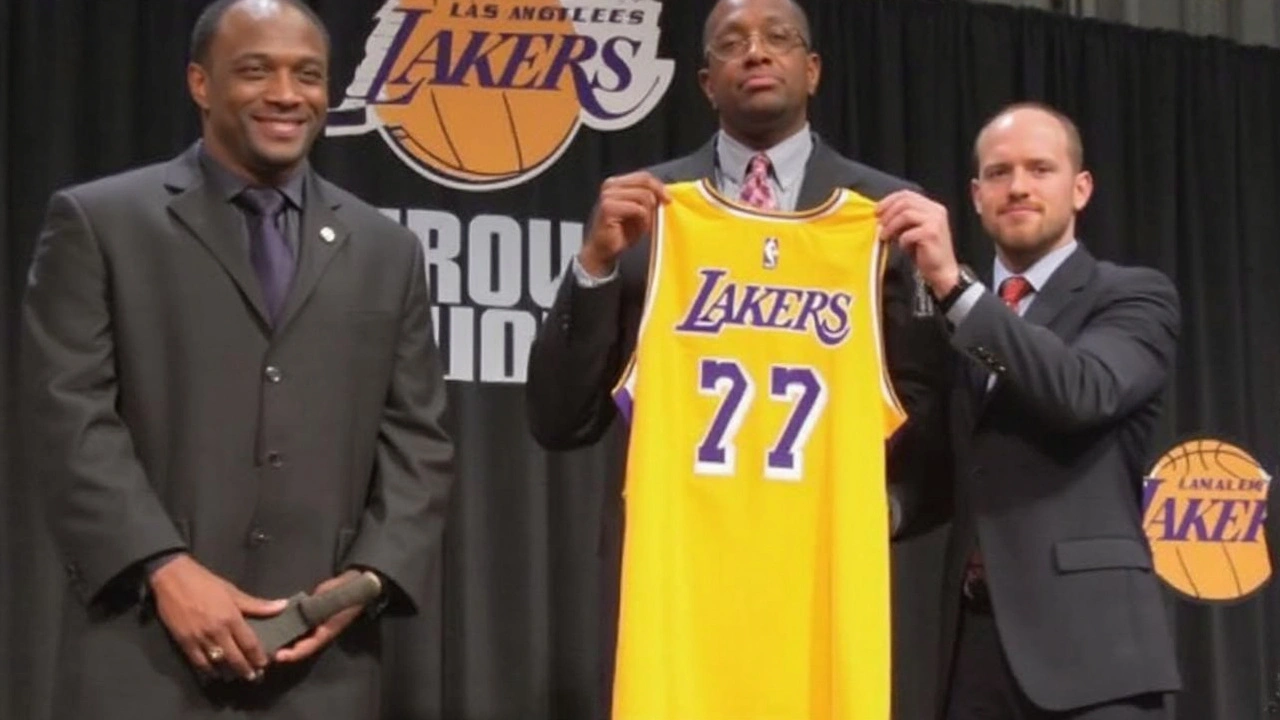Calf Injury: What to Do First and How to Recover
Pulled your calf or feeling a sharp sting behind your lower leg? That sudden pain often comes from a calf strain or tear. Act fast and smart — the right steps in the first 48 hours can speed up recovery and cut down pain.
Immediate steps after a calf injury
Stop the activity right away. Don’t try to push through the pain. Sit or lie down and support the leg.
Use the RICE approach: Rest, Ice, Compression, Elevation. Ice the area for 15–20 minutes every 2–3 hours for the first two days. Wrap the calf with a light compression bandage to limit swelling, and keep the leg elevated above heart level when possible.
If you can’t put weight on the leg or you heard a loud pop at the time of injury, get medical help. Those signs could mean a severe tear or a ruptured Achilles tendon, and you may need imaging like an ultrasound or MRI.
Understanding severity and recovery time
Calf strains are usually graded 1 to 3. Grade 1 is mild stretching with little loss of strength — expect 1–2 weeks to feel better. Grade 2 is a partial tear with more pain and bruising — recovery often takes 3–6 weeks. Grade 3 is a full tear and can need surgery or extended rehab — think months, not weeks.
Watch for big swelling, spreading bruises, severe weakness, or inability to walk. Those are red flags — see a doctor fast.
Early pain relief can include over-the-counter painkillers if you have no contraindications. Use them sparingly and follow dosing guidance.
Gentle movement beats total immobility after the first few days. Start with ankle pumps and light range-of-motion moves to keep blood flowing and prevent stiffness.
When pain drops, begin strengthening. Start with seated heel raises, then progress to standing calf raises on both feet, and finally single-leg raises. Eccentric heel drops (slow lowering from tiptoe) help rebuild strength but only once you have good pain control.
Balance and mobility matter. Add single-leg stands, slow steps, and controlled calf stretches. Don’t push into sharp pain — a mild stretch is okay; sharp pain sets you back.
Prevention is simple. Warm up before runs or sports, include calf strengthening in workouts, progress your training slowly, and replace worn-out shoes. If you run hills or sprint, mix in flat sessions to reduce sudden load on the calf.
If your calf keeps hurting despite rest and rehab for several weeks, see a physical therapist. They’ll guide you on safe progressions, massage or dry needling if needed, and return-to-sport plans tailored to your activity.
Quick tip: after recovery, do two focused calf sessions a week for strength and resilience. That small habit cuts the risk of repeat injuries.
Got specific symptoms or a sports event coming up? Tell me what happened and I can suggest a short plan you can follow right now.
Luka Doncic's Injury Delays Lakers Debut, Casting Shadow on Anticipated Matchup
Luka Doncic's much-awaited first game for the Lakers was rescheduled due to a calf injury lingering since December. Initially set to face the Indiana Pacers, Doncic missed his debut, forcing ESPN to mirror the excitement through their broadcasts despite the absence of stars like LeBron James. The new target for the debut is now set for February 10, with hopes of electrifying fans against the Utah Jazz.
